11 Red Chili Powder Swaps for Balanced Heat
Red chili powder substitute options can transform your cooking when your spice rack is missing this fiery essential.
Cooks often experience panic when realizing a key ingredient isn't available during meal preparation.
The good news? Several alternatives exist that might already be hiding in your kitchen cabinets.
Different cuisines around the world have developed their own variations of heat-bringing spices that work beautifully in place of traditional red chili powder.
These substitutes often bring unique flavor profiles beyond just heat, sometimes adding smokiness, sweetness, or fruity notes to dishes.
Professional chefs actually recommend keeping several spice alternatives on hand for creative flavor development rather than mere necessity.
With the right knowledge about these alternative seasonings, you can confidently adapt recipes without compromising taste or rushing to the store.
Chili Powder 101: Heat Levels, Types, and Origins
Chili powder is a kitchen staple that adds heat, color, and depth to dishes, but not all chili powders are created equal, understanding their heat levels, types, and origins can help you pick the right one for any recipe:
Heat Levels
Chili powder heat can range from mild and gentle to fiery hot. U.S. blends are usually mild, while single-origin powders (like cayenne or ancho) vary from mild to intense. Taste before using.
Types
American chili powder is a blend of ground chilies, cumin, garlic powder, and oregano, earthy and complex but not too spicy. Pure chili powders include ancho (smoky, mild), chipotle (smoky, medium-hot), cayenne (hot), and paprika (sweet or hot).
Origins
Chili powders are made from dried peppers from Central and South America. Different regions, Mexican, Southwestern, Indian, Asian, have their own unique chili powders.
Usage
Blended chili powder is perfect for chili, tacos, and stews. Pure chili powders let you control flavor and heat in salsas, rubs, and sauces.
Color and Flavor
Chili powder color ranges from deep red to brown, and flavor can be smoky, sweet, fruity, or sharp, depending on the peppers used.
Perfect Substitutes for Chilli Powder
Chili powder may run out halfway through, but swapping in a different seasoning allows the cooking to continue without losing pace. In doing so, you maintain a smooth process from start to finish.
Chili Pepper
Cayenne pepper tops the list of excellent chili powder substitutes since it's actually a key ingredient in many chili powder blends.
The main difference lies in heat level - cayenne packs about eight times more spice than standard chili powder, making it too intense to use alone as a direct replacement.
For better results, mix cayenne with complementary seasonings like garlic and onion powder to balance its fiery kick.
The simplest approach involves starting with just 1/8 teaspoon of cayenne, then gradually adding more until reaching your desired spiciness.
Many cooks prefer sticking with milder versions of cayenne when making this substitution to avoid overwhelming their dishes with heat.
Paprika
Paprika makes an excellent substitute for chili powder since both seasonings come from ground chilis and offer that distinctive smoky flavor profile.
The main difference lies in their composition - paprika contains only red peppers while chili powder combines chili peppers with additional spices.
Smoked paprika works particularly well as a replacement because it captures that essential smokiness, and you can simply use it in equal amounts as the recipe calls for chili powder.
Hot paprika is another option, though you should reduce the quantity by half due to its increased heat intensity compared to regular chili powder.
Both alternatives maintain the same vibrant red color in your dishes, ensuring your food still looks appetizing.
Chile Ancho Powder
Ancho powder, made from dried and ground poblano peppers, delivers impressive heat to dishes while offering mild spiciness, fruity notes, and a light smoky flavor profile.
Unlike regular chili powder, ancho powder packs more punch because it doesn't contain other diluting spices.
When using this substitute in recipes, starting with half the called-for amount allows you to adjust to taste without overwhelming your dish.
Mexican classics like adobo, chili pastes, and spice rubs benefit greatly from ancho powder's distinctive characteristics.
Many home cooks find this versatile ingredient particularly valuable in recipes where smoky flavor and aroma are essential components.
Powdered Chipotle
Paprika is the top substitute for this fiery condiment, offering similar color with milder heat that works in almost any recipe.
Other chili powders like chipotle also make excellent alternatives, combining the smokiness of chipotle peppers with the mild heat of jalapeños for a distinctive flavor profile.
The smoky undertones in chipotle powder pair perfectly with barbecue recipes and Mexican dishes, adding depth without overwhelming spiciness.
Most recipes allow for a simple 1:1 substitution ratio between chipotle and regular chili powder, making the swap incredibly straightforward.
Red Pepper Crush
Crushed red pepper flakes, commonly found in those round shakers at pizza parlors, pack serious heat thanks to their dried cayenne pepper base.
These fiery flakes stand apart from other ground chili varieties because of their seeds, which significantly boost the spice level in any dish.
Many home cooks appreciate how this versatile spice can transform everything from pasta to grilled meats with just a sprinkle.
For those sensitive to texture, grinding the flakes before adding them creates a smoother consistency while maintaining that signature kick.
Red pepper flakes work perfectly as a direct substitute for chili powder in recipes, allowing you to adjust the heat level based on personal preference.
Hot Sauce
Substituting hot sauces like Tabasco and Frank's RedHot can effectively add heat to dishes when you need a quick flavor boost.
Most hot sauces combine chili peppers with vinegar and undergo fermentation, which creates their distinctive tang while extending shelf life.
The main limitation of this swap is that hot sauces lack the smokiness found in traditional spice rubs and barbecue seasonings, making them better suited for sauces, soups, and stews where a subtle sour note works well.
Chili Sauce
Substituting chili sauce for hot sauce brings a thicker, more paste-like consistency to your dishes, with sriracha being a classic example of this difference.
These sauces combine salt, vinegar, and occasionally sugar, cooked down to create a richer texture than their thinner hot sauce counterparts.
Heat levels vary widely depending on the specific peppers used, so a little taste-testing goes a long way before adding it to your favorite recipes.
Starting with small amounts allows you to control the flavor impact as you adjust to the unique character of chili sauces.
Many home cooks actually prefer this substitution once they discover how the fuller body enhances certain dishes with its complex flavor profile.
Seasoning Peri-Peri
Peri-peri seasoning, also known as piri-piri, delivers an incredible blend of savory and spicy flavors that elevate countless dishes.
This dynamic seasoning combines ground piri-piri peppers with paprika and other spices to create a complex flavor profile that's simultaneously savory, spicy, sweet, and slightly sour.
Many Tex-Mex favorites like burritos, tacos, and quesadillas showcase the distinctive taste of peri-peri seasoning.
Soups, stews, and sauces benefit from the pleasant spicy kick this versatile ingredient provides.
Pepper-Based Seasoning Blend
In home cooking, pepper-based seasonings can save the day when you're out of chili powder.
Taco seasoning is the top substitute since it contains similar peppers that work perfectly in chili con Carne dishes.
Cajun and creole mixes offer smokier, more garlicky alternatives with just enough spice to enhance barbecue recipes nicely.
The secret to success with these substitutions lies in understanding what spices make up each blend before adding them to your pot.
Many cooks keep these versatile mixes in their pantry for emergency flavor boosts when specific spices run short.
Cumin
Cumin plays a crucial role in Mexican cuisine, providing that signature aroma we all recognize in our favorite dishes.
Many cooks keep it as a reliable backup ingredient when other spices run low in their kitchen.
When substituting ingredients, Kashmiri chili powder offers an excellent alternative in certain recipes because of its mild heat level (only 1000-2000 Scoville Heat Units) and its rich red color that enhances Indian dishes beautifully.
The distinctive quality of this powder comes from its ability to add vibrant color to foods without overwhelming them with spiciness, making it perfect for people who enjoy flavor without extreme heat.
Sago
Sago, a tiny bead-like ingredient native to India, has become a culinary staple across Asia and now delights food lovers worldwide with its versatility.
These small pearls offer more than just taste - they provide remarkable health benefits by helping with sleep problems, digestive issues, and even persistent coughs.
The distinctive spicy kick makes sago a perfect addition to hearty soups and flavorful stews when you want to add interesting texture and depth.
Many home cooks enjoy incorporating these beads into creative marinades or sprinkling them over fresh salads for an unexpected crunch.
Using Chili Powder Substitutes in International Cuisines
Chili powder substitutes let you explore bold flavors from around the world, even when you don’t have the exact spice a recipe calls for:
Your Spicy Red Chili Powder Substitutes Questions
1. What can I use instead of spicy red chili powder in recipes?
You can use cayenne pepper, paprika, crushed red pepper flakes, hot sauce, or ground chipotle as substitutes for spicy red chili powder.
2. Will a substitute be as spicy as chili powder?
Spice levels vary. Cayenne is usually hotter, while paprika is milder. Adjust the amount to reach your preferred heat.
3. Can I use fresh chili peppers instead of chili powder?
Yes, finely mince fresh red chilies and use them in place of powder, but the flavor and heat may differ slightly.
4. Are there mild substitutes for red chili powder?
Smoked paprika or sweet paprika give color and flavor without much heat, making them good choices for milder dishes.
5. How do I adjust quantities when substituting chili powder?
Start with a smaller amount of the substitute, then add more to taste, since some options are much hotter than typical chili powder.
6. Is there a good substitute for chili powder in Indian recipes?
Kashmiri chili powder or a mix of paprika and cayenne can mimic the flavor and color in Indian cuisine.
7. Will using a substitute change the color of my dish?
Some substitutes, like paprika, will still give a bright red hue, but others like cayenne may not be as vibrant.

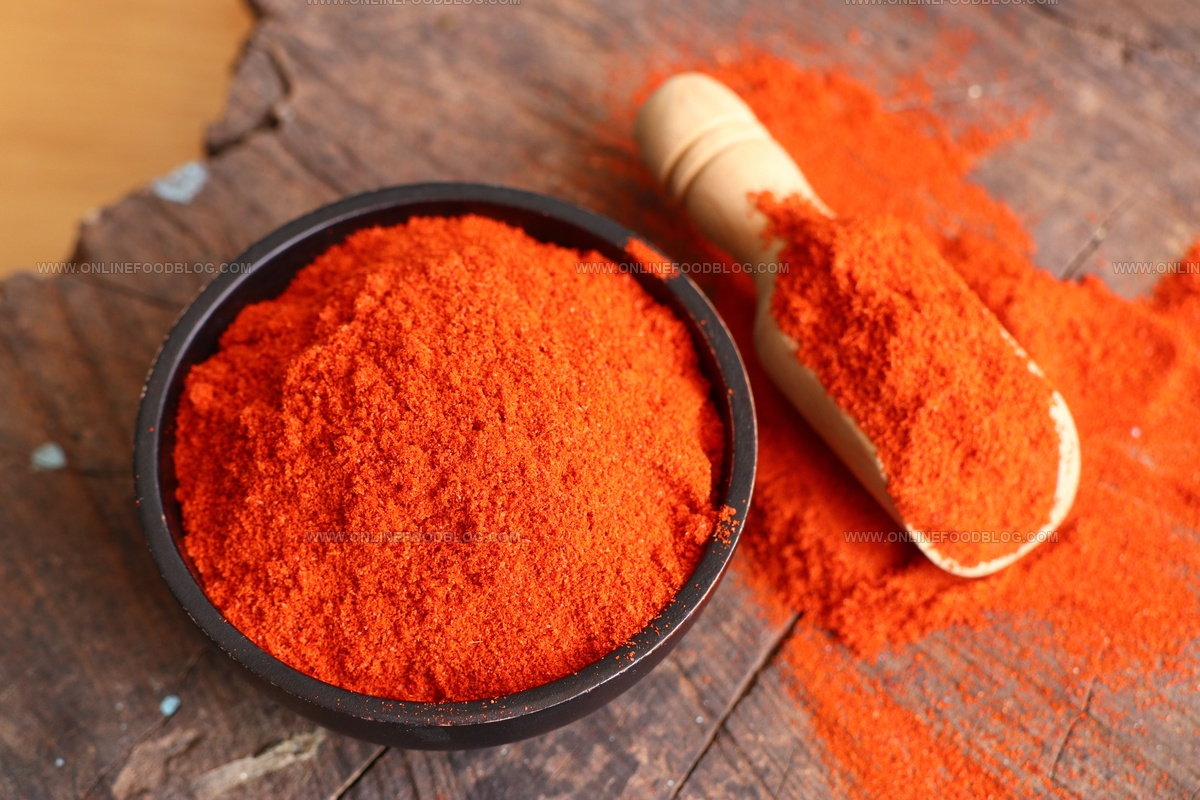
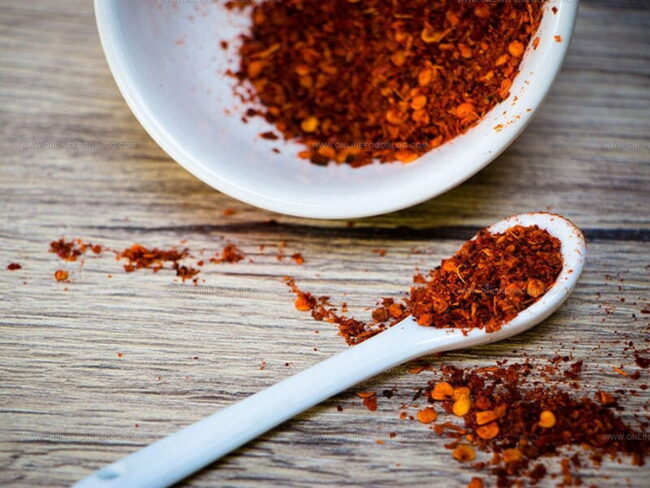
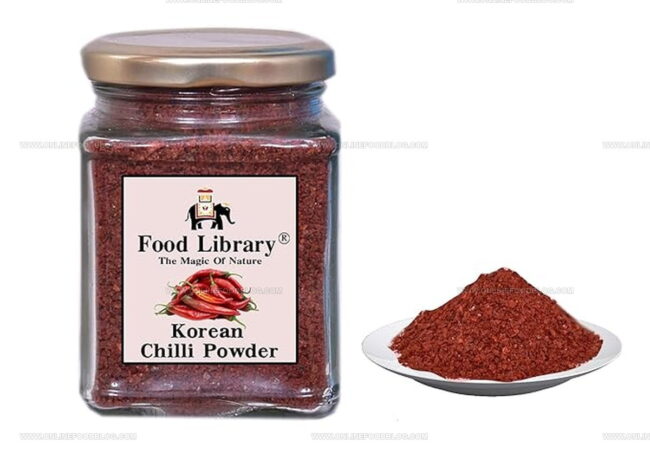
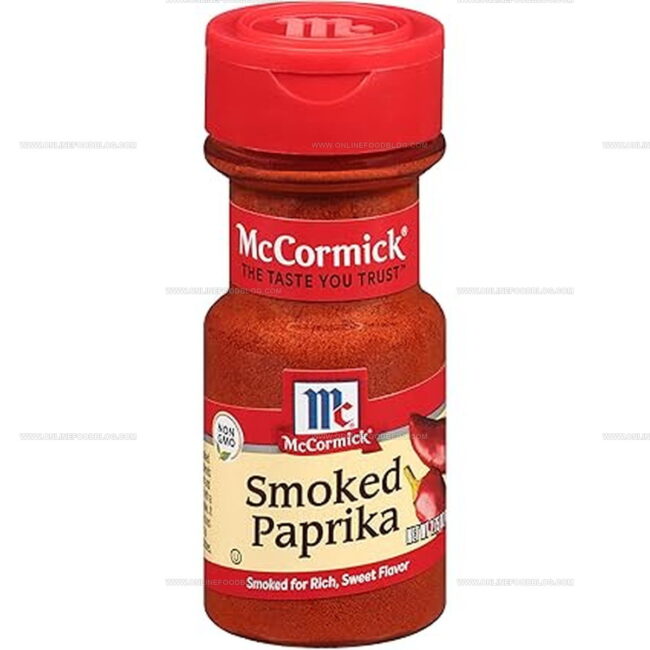
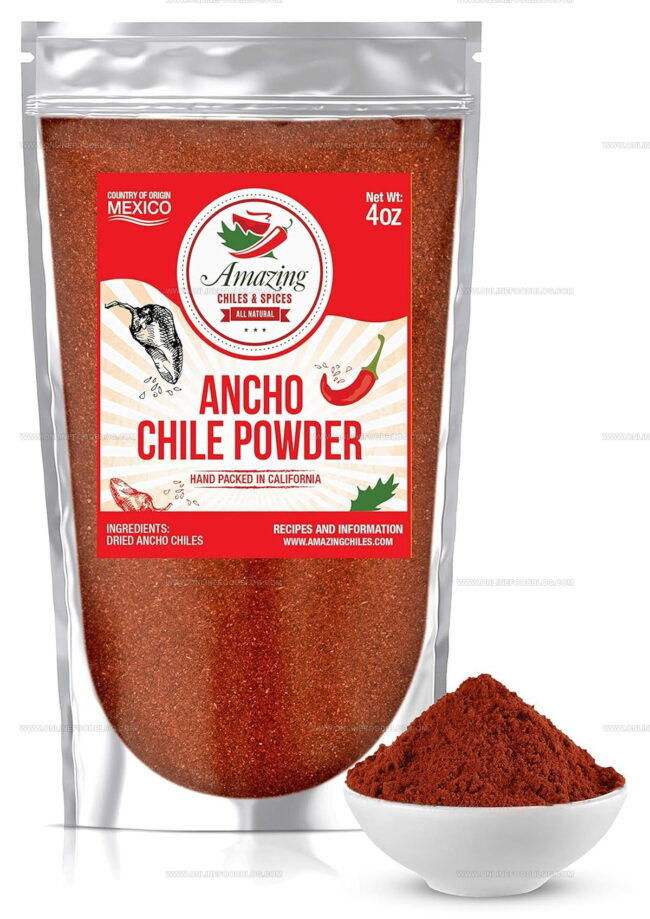
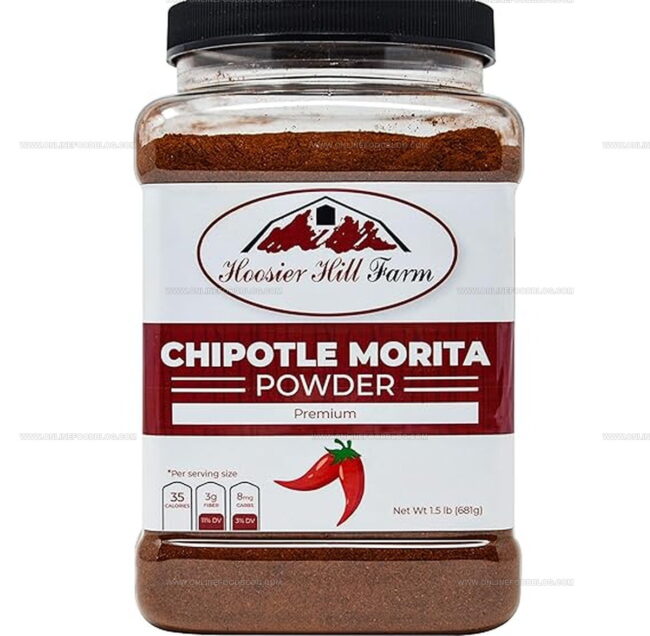
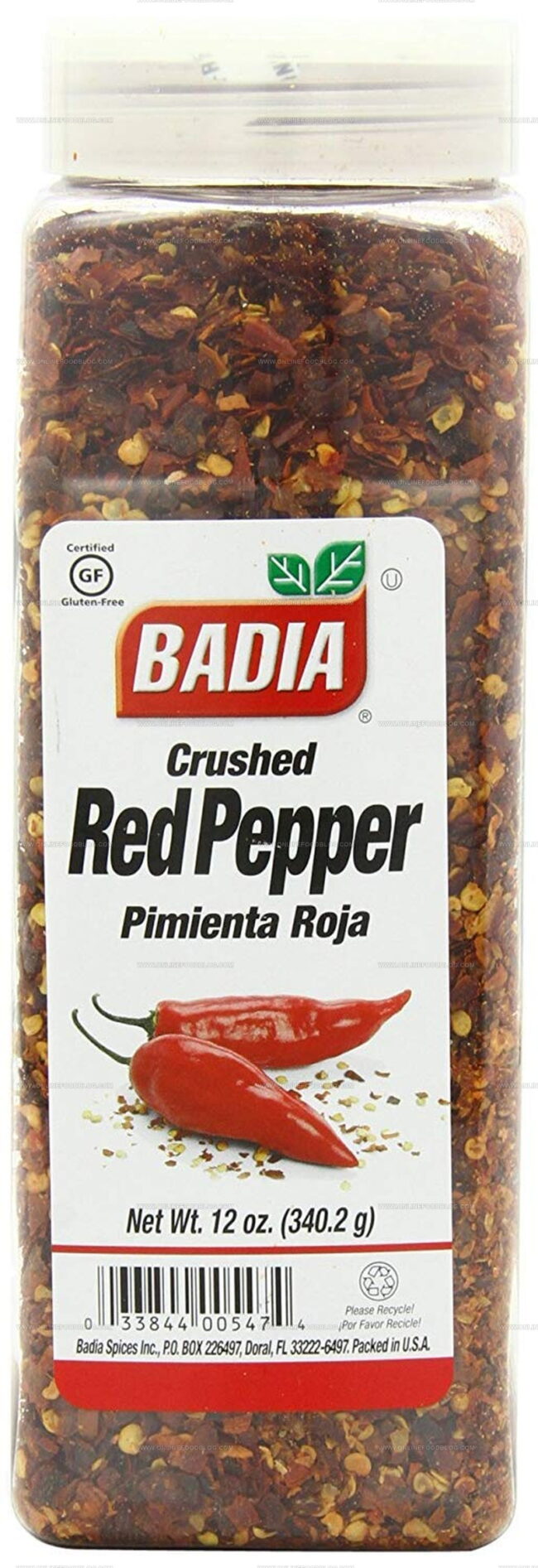
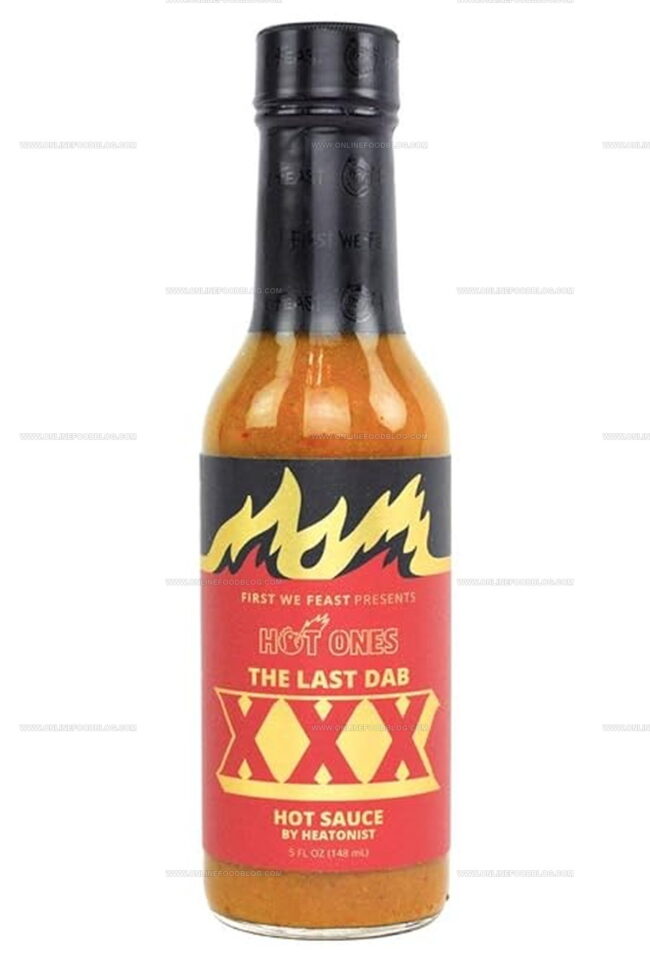
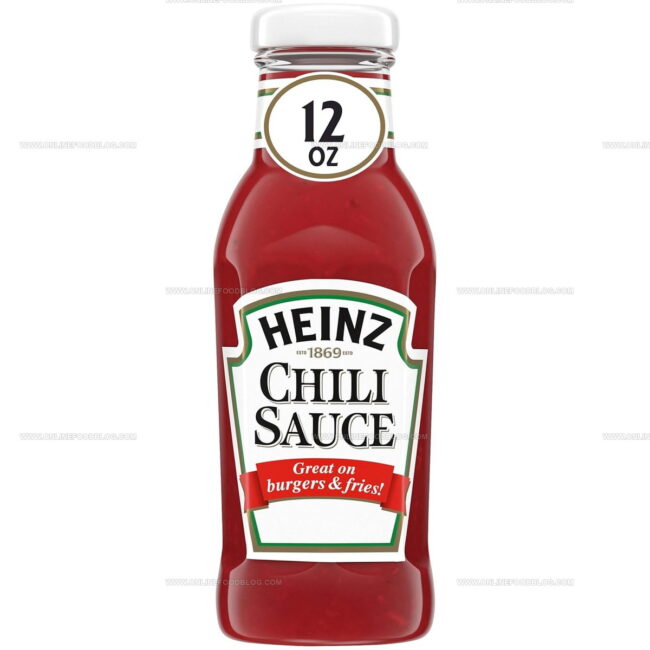
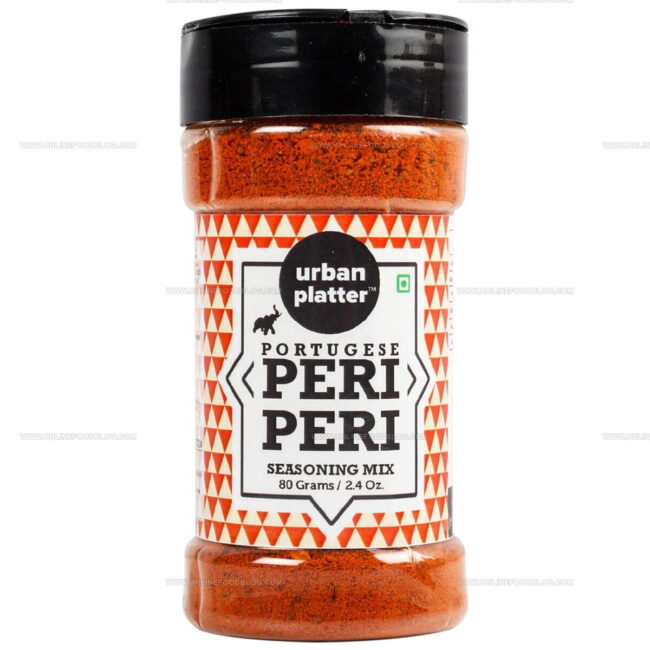
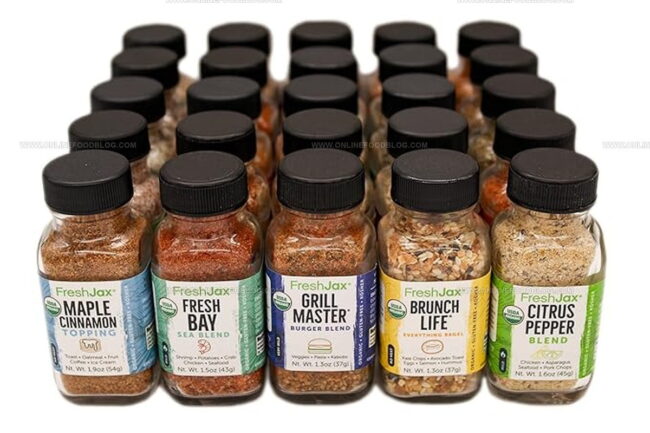
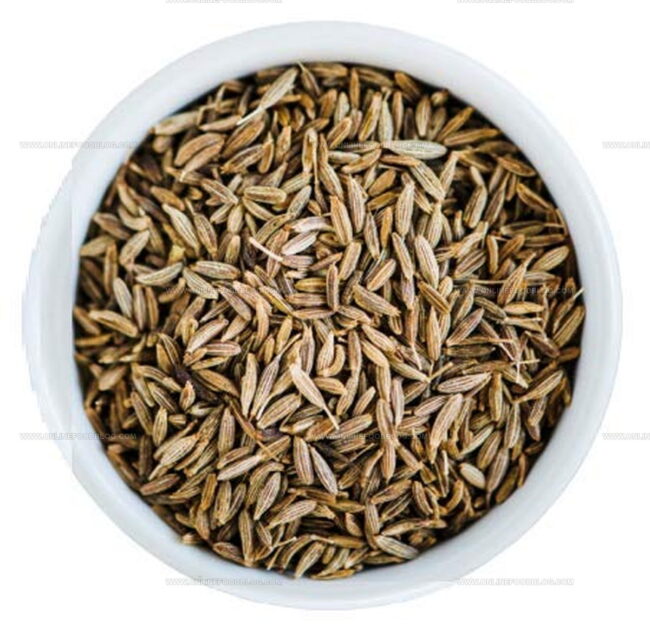
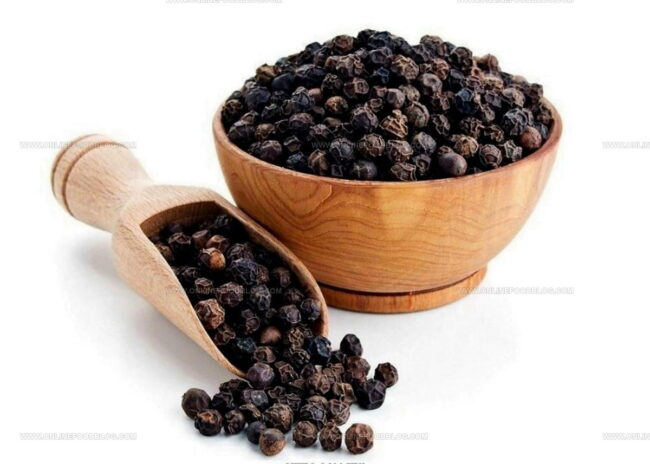
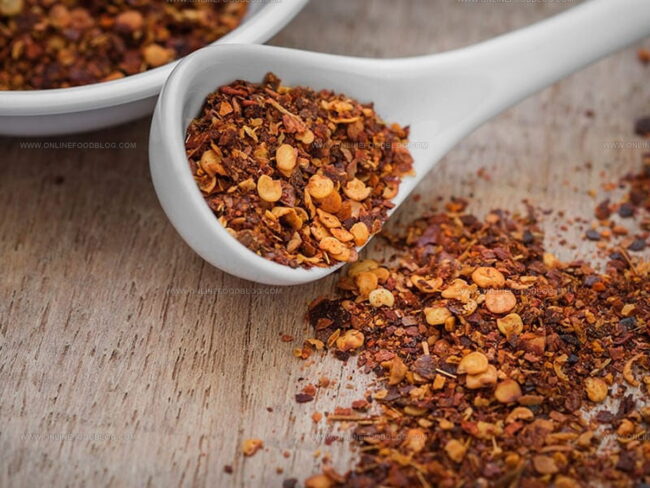
Lucas Bennett
Founder & Recipe Creator
Expertise
Simple Everyday Recipes, Sustainable Cooking Practices, Creative Meal Planning, Recipe Testing and Improvement
Education
Fox Valley Technical College, Appleton, Wisconsin
Lake Superior College, Duluth, Minnesota
Lucas Bennett’s cooking journey started in his parents’ kitchen, where he learned to prepare tasty, no-fuss meals from scratch. His culinary passion led him to Fox Valley Technical College, where he gained practical cooking skills.
He then expanded his focus on sustainability at Lake Superior College. Today, Lucas shares easy, approachable recipes designed to make cooking enjoyable and stress-free for everyone.